Other Arthropods
African Forest Millipede
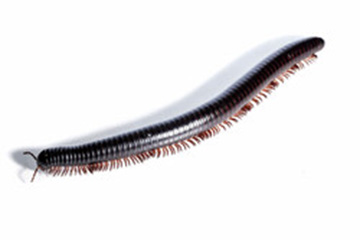
Waste of this decomposer becomes nutrient-rich soil for the rainforest. As the largest of the 10,000 plus species of millipedes worldwide, giant African forest millipedes can grow to 12 inches and can live 7 years. "Millipede" means "thousand-foot", but scientists only very recently discovered the first millipede actually having 1000 feet.
Bumblebee Millipede
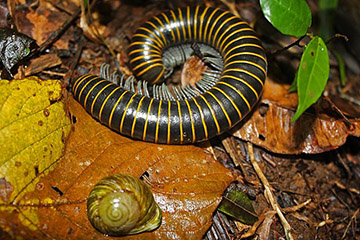
The yellow-banded millipede, often called the bumblebee millipede, is bilaterally symmetrical, with a segmented body. The head is rounded, followed by an elongated cylindrical trunk composed of segments or rings. The first segmen is wide and lacks legs. Each thoracic segment has a single pair of legs, whereas each abdominal segment has two pairs of segmented legs. The bumblebee millipede is native to the Greater Antilles (excepting Cuba), the Lesser Antilles, Trinidad and Tobago, Venezuela, Guyana, Suriname and Brazil, but introduced/invasive in Florida.
Giant Red Headed Centipede
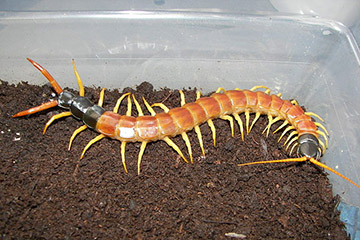
The bright colors of the giant red-headed centipede have a message for you: Handle with great care! It’s of the few centipedes capable of inflicting a painful, venomous bite. It is a long, slender centipede with striking coloration. They are generally flattened and have 21–23 pairs of legs, with only one pair of legs per leg-bearing segment. They have a confrontational attitude, and they can bite with their fangs and also pinch with their last pair of legs.
Orange Isopods
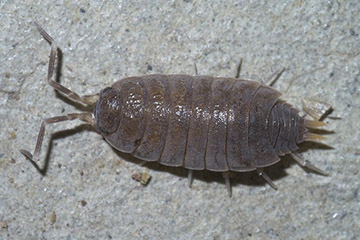
Often called Powder Orange Isopods, these are a hardy species of isopod and produce quickly once established. Powder Orange Isopods make a great clean up crew in a bioactive setup or naturalistic vivarium. They are large, active, and very colorful. This species is also super fast!
Striped Desert Millipede
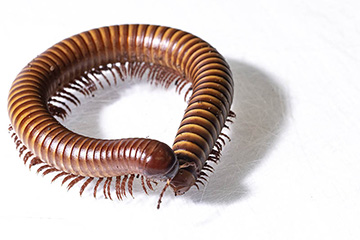
Found along the SW border with Mexico, these animals protect themselves by producing a bitter oil from glands along the sides of their bodies. While millipedes do not bite or sting, this unpleasant chemical is very effective at deterring predators.
